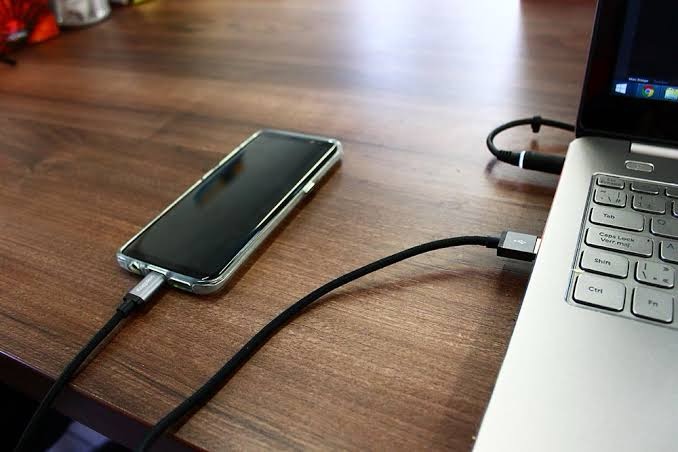You need to learn how to adjust your iPhone’s always-on display in iOS 16.2, even if you already think you know what you’re doing with your iPhone’s AOD.
After introducing the always-on display to the iPhone 14 Pro and iPhone 14 Pro Max, Apple caught a fair amount of flack from users wanting more customizability than just being able to turn it on or off. While the new settings introduced in the iOS 16.2 update are hardly detailed, you do at least now have the option to turn off notifications or wallpaper on your iPhone’s AOD, making it less distracting and potentially more power efficient too.
Below are breakdown of how to get to these new settings and what they do to your iPhone 14 Pro’s always-on display below. Follow along and soon you’ll be enjoying the AOD just how, or at least closer to how, you’ve always wanted it.
How to adjust your iPhone always-on display in iOS 16.2
For this how-to, you need an always-on display-compatible iPhone model, which currently only includes the iPhone 14 Pro and iPhone 14 Pro Max. This list will likely expand in future as Apple launches newer iPhones, but for now only owners of the two latest and greatest iPhones can access these settings.
With your iPhone 14 Pro/Pro Max in hand, here’s where to find the new settings.
1. Head to the Settings app, launch the Display and brightness menu

2. In the display menu, search for Always-on display, and click on it.

3. Here, you’ll have three togglable options, where previously you could only turn the AOD on and off.

The first is Show Wallpaper, which allow your iPhone display a desaturated version of your lock screen wallpaper on the AOD.

Here’s how the iPhone AOD looks by default.

And here’s what it looks like when you disable Show Wallpaper.

4. The final toggle is for Show Notifications. Turning this off means you don’t get any pop-up banners from your apps showing on the AOD, even if they’d normally show up on your lock screen.
This is how your AOD will look with notifications disabled.

Turning off both notifications and wallpaper leaves just the date, time and any widgets you’ve added when you customized your iPhone Lock Screen.

There’s no way to decide how bright your wallpaper shows up on the AOD, or which apps can and can’t show notifications on the AOD, for example. However, we can hope with future iOS updates that Apple may add in more always-on settings and give users the level of control they deserve.








You ought to take part in a contest for one of the best sites on the net. I will highly recommend this blog!